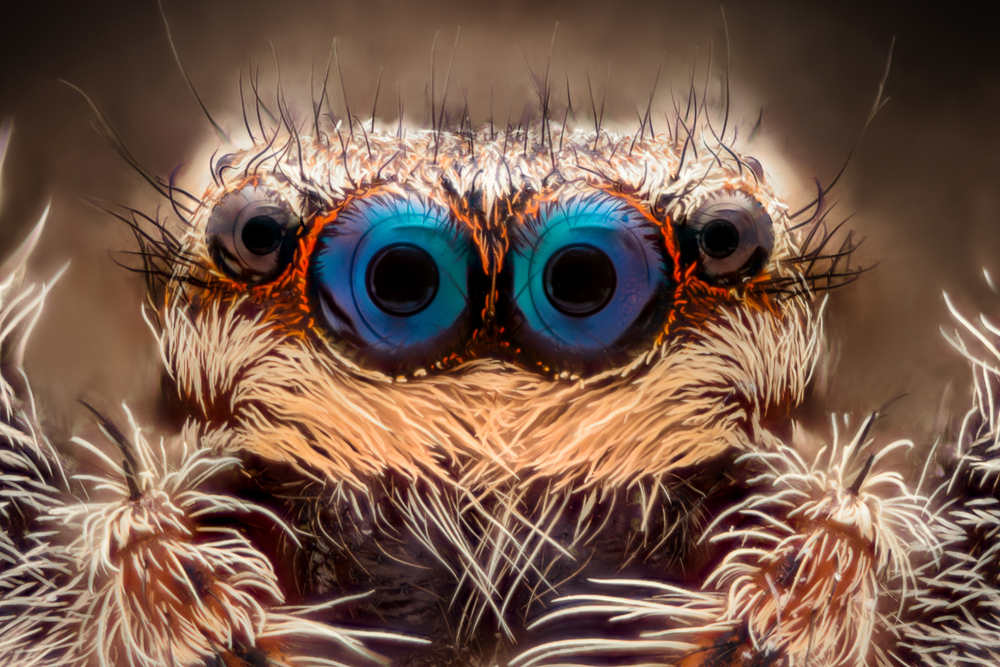Identical twins are identical, right? Experts in the world of DNA testing have said for years that if you have an identical twin, they will show up as “self” in a DNA test done by their twin. But is that always the case? Apparently not, according to scientists.
A study published in the journal Nature Genetics in January shows that identical twins can have different DNA by an average of 5.2 genetic mutations. The researchers behind the study note that these minute differences between the genetic code of a set of twins may change how human development is studied by scientists in the future.
The study’s participants were 381 sets of identical twins and also included two sets of identical triplets. In Science News, Tina Hesman Saey reported that only 38 of the pairs were technically genetically identical. Most of the sets had a few points of mismatch, but a whopping 39 sets had more than 100 DNA differences.
These scientific findings could have a future impact on how researchers study how the environment has an effect on human development and disease. Historically, scientists conducting these studies assume that identical twins share identical DNA, so supposedly, any differences they have can be explained by whatever kind of environment they grew up in.
However, the lead author of the most recent study, Kari Stefansson, CEO of DeCODE Genetics, suggests that before future scientists can make that interpretation, they need to ensure that one of the twins in the set doesn’t have a randomly introduced mutation, which is known as a “de novo” mutation. These random mutations occur in important genes. Stefansson notes that these findings place a different kind of burden on researchers who use identical twins to determine the difference between nurture and nature.
To conduct the study, the scientists running the study sequenced the full DNA code from not just the twins, but also their children, their parents, and their children’s other parents. Pulling DNA cells from blood samples and cheek swabs, the researchers were able to use three generations of genetic information to figure out where some mutations appeared in the participants’ DNA code.
But that’s not all. The scientists were also able to determine the stage at which the mutations occurred in the twins’ embryonic development. The genetic mutations studied in this particular report involved a single building block of the participants’ DNA code, for the most part. However, in some of these cases, the DNA building block was mistakenly swapped for another one. In certain cases, letters were either deleted or inserted. When you work at the scale of the huge human genome, small changes usually don’t cause much difference.
Ziyue Gao, a computational biologist at the University of Pennsylvania, notes that in identical twins, genomic differences like this are still quite rare. Gao wasn’t involved in the study, however, but she adds that she has doubt that these differences will have a significant contribution to observable or phenotypic differences in studies of twins.
Because the human genome is very long — with six billion base pairs — the study was unable to make it clear precisely how many of the mutations may cause changes that were significant.
In the study, the mutations observed usually appeared when a cell was dividing itself, or replicating, for the purpose of creating more cells. The cell has to totally copy all six billion base pairs during that process, and occasionally, it makes a mistake. Although the cell has the ability to correct mistakes, it goes wrong sometimes and leaves behind small “typos.” When the typo is created in cell bundles early in human development, the mutation may not reach both of the parts in the exact same way when the cell bundle splits.
Jan Dumanski is a geneticist at Uppsala University, and she told the Associated Press that this study is definitely a “clear and important contribution” to research.





